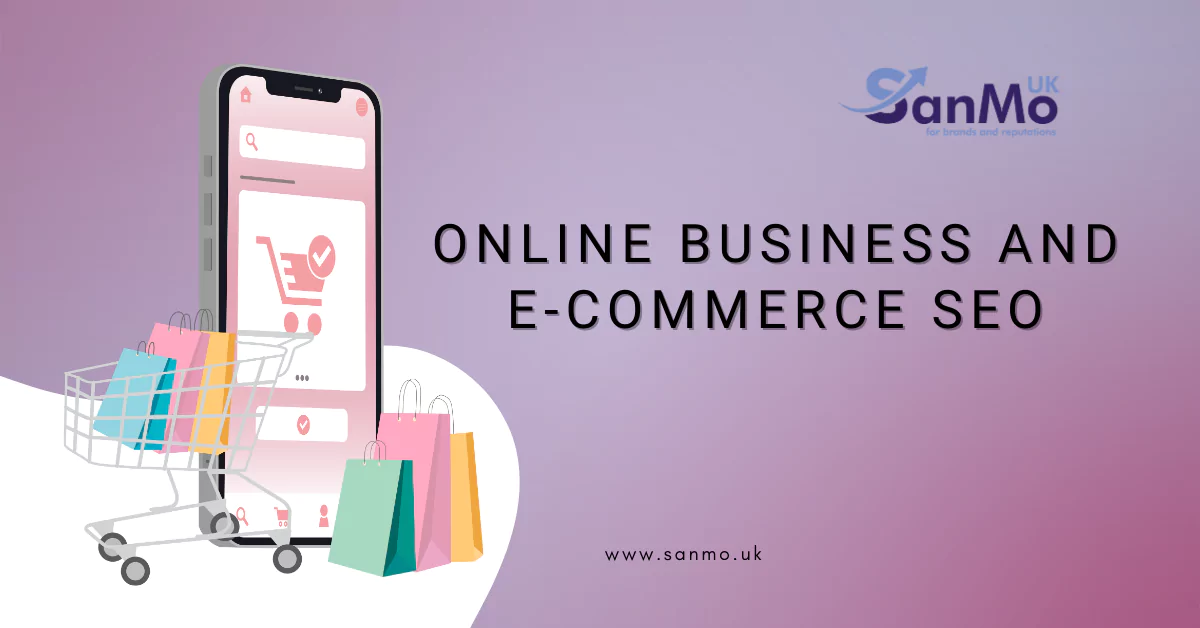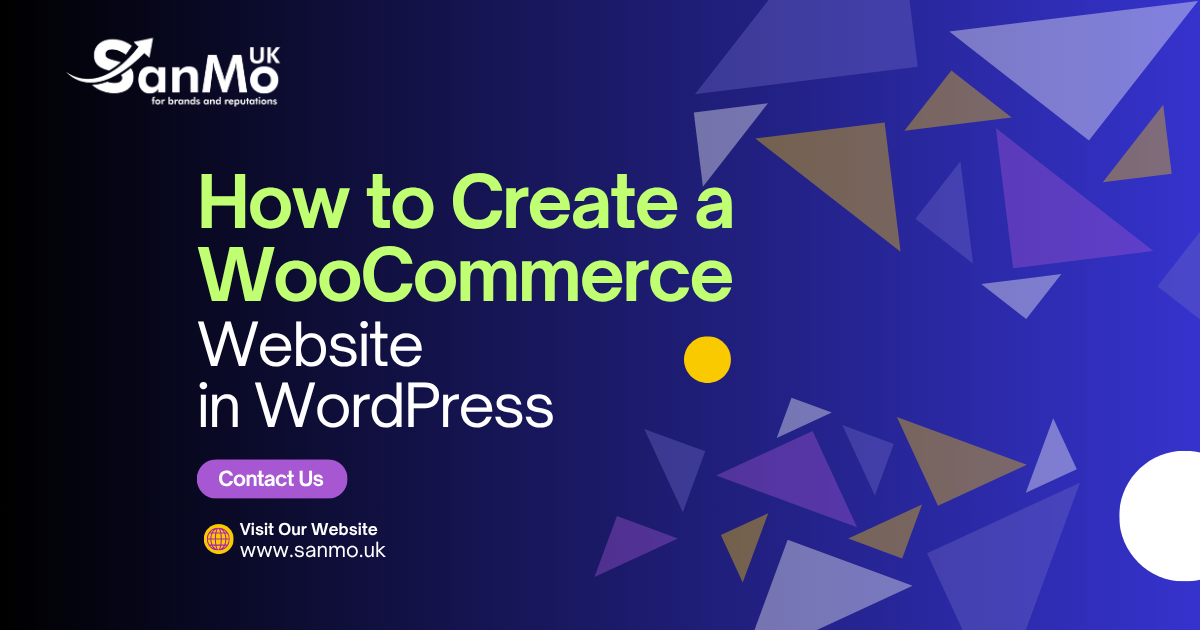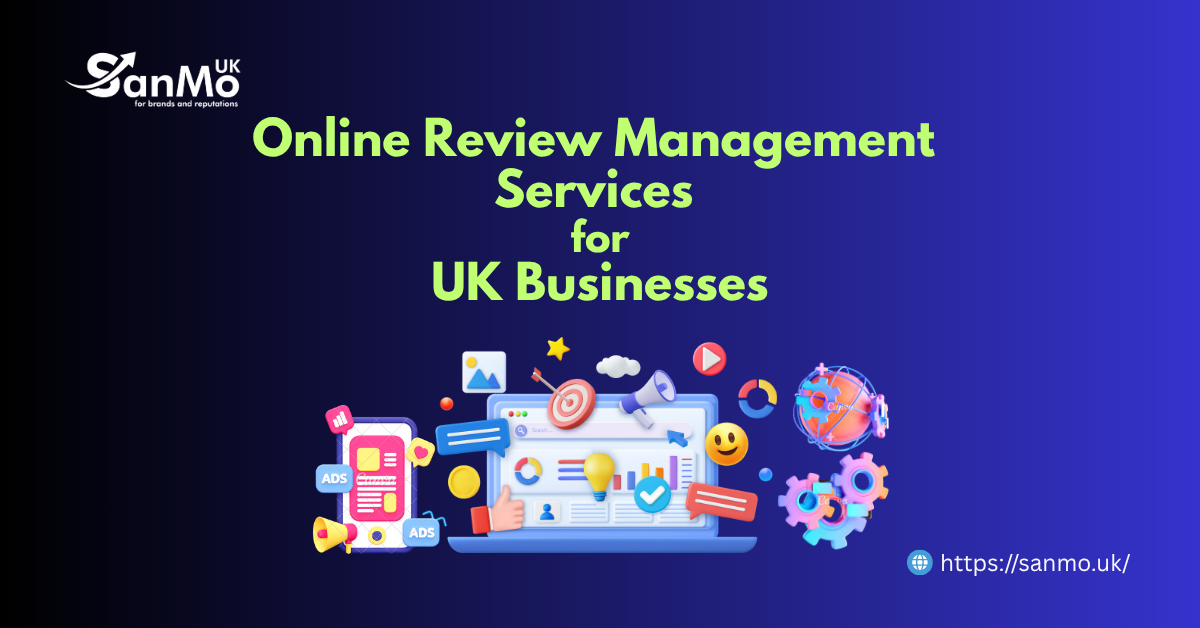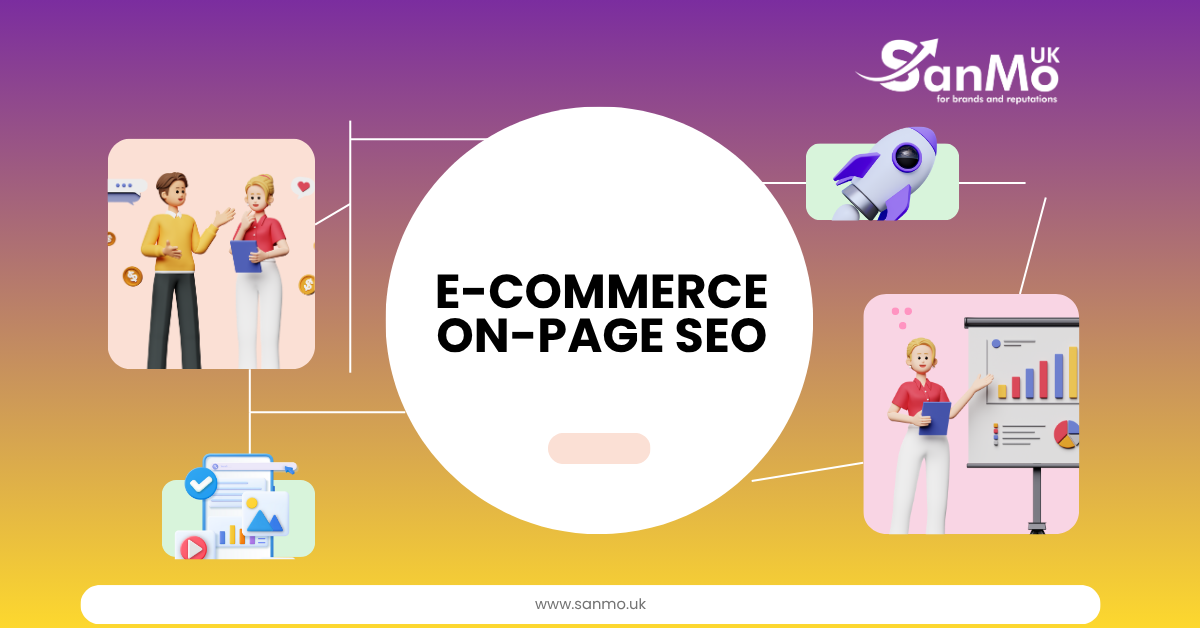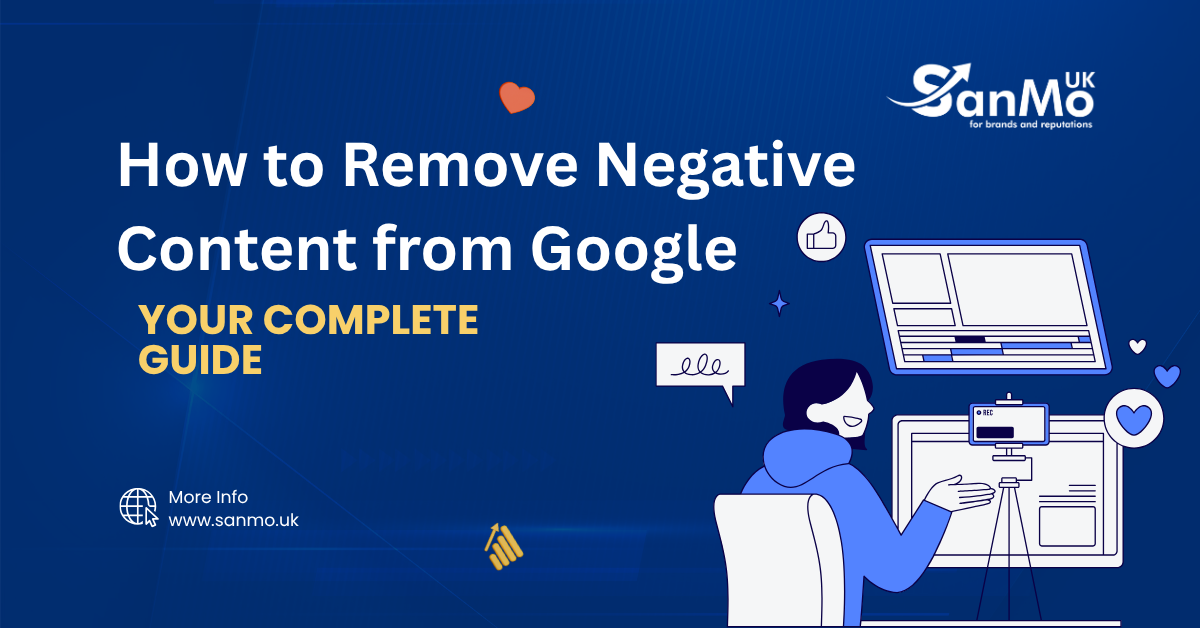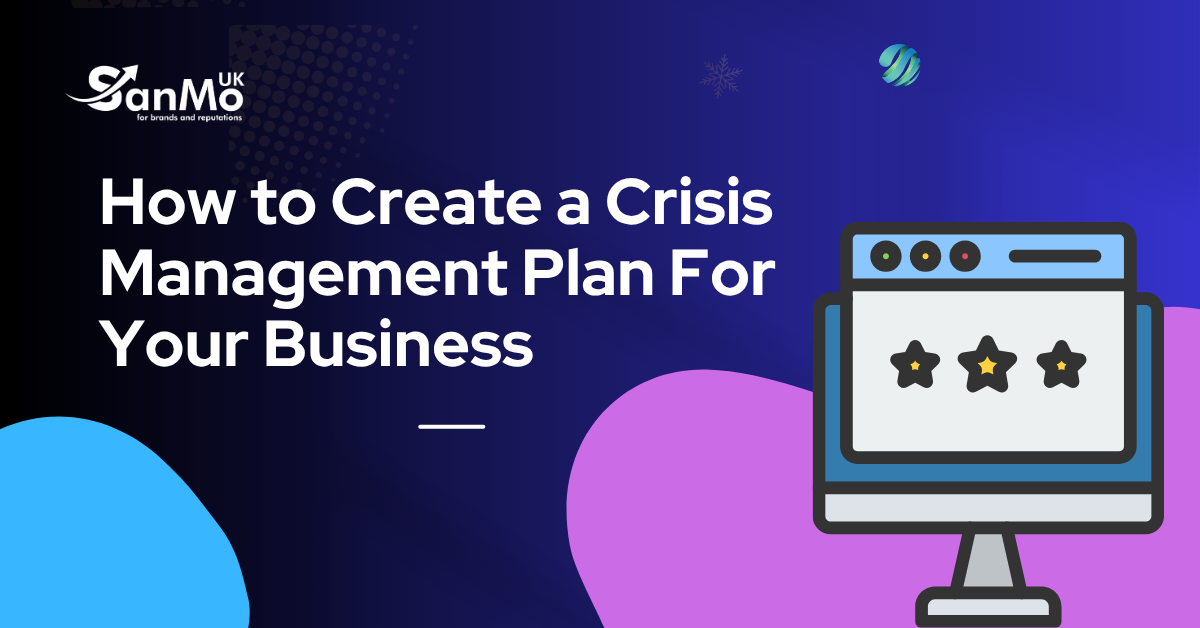Online retail’s explosive growth has made it harder than ever to stand out in search results. Businesses need e-commerce SEO services to boost their visibility and attract qualified buyers through organic search. The numbers tell the story – websites on the first page of search results grab over 75% of all organic traffic. This makes SEO a vital factor in an online store’s success.
A complete e-commerce SEO strategy covers several elements that work together to increase organic traffic and sales. The right HTTPS setup, smart indexing practices, and proven SEO techniques help online stores rank better in search results. This piece gets into the most effective e-commerce SEO services and techniques that will deliver measurable results in 2025. We’ll look at everything from technical optimization to content strategy.
Understanding E-commerce SEO
Search Engine Optimization (SEO) helps e-commerce websites rank better on search engine results pages (SERPs). The systematic optimization of online stores enhances their organic visibility and attracts potential customers who are likely to make purchases.
Definition and importance
E-commerce SEO statistics reveal its crucial role in online business success. Google attracts 32% of online shoppers who begin their shopping trips. Websites receive 53% of their total traffic from organic searches. The top organic search results get 79% of all clicks], which shows why high rankings matter so much.
Key components of e-commerce SEO
Successful e-commerce SEO has several fundamental elements:
- Technical Infrastructure
- HTTPS implementation for security
- Mobile responsiveness
- Site speed optimization
- Structured data implementation
- Content Optimization
- Product page improvements
- Category page structure
- Unique product descriptions
- Strategic keyword placement
A successful e-commerce SEO strategy needs continuous research and analysis to maintain and improve keyword rankings. The strategy goes beyond visibility and includes conversion optimization. Research shows organic traffic generates about 33% of e-commerce site visits.
How is it different from traditional SEO
E-commerce SEO is different from traditional SEO in several significant ways:
- Focus on Transactional Intent: E-commerce SEO targets keywords that show clear purchase intent, while traditional SEO usually focuses on informational queries.
- Content Strategy: Product pages in e-commerce SEO just need:
- High-resolution images from multiple angles
- Detailed product specifications
- User-generated reviews and testimonials
- Technical Requirements: E-commerce sites handle unique challenges when managing:
- Large volumes of product pages
- Seasonal trends and promotions
- Complex site architecture
E-commerce SEO measures success through conversion rates and revenue generation instead of traffic metrics alone. This emphasis on commercial intent needs specialized optimization techniques beyond traditional SEO practices, especially when you have product page optimization and faceted navigation.
Keyword Research for E-commerce
Keyword research is the lifeblood of successful e-commerce SEO strategies that help online stores target their ideal audience with precision and intent. A detailed approach to keyword research will substantially affect an online store’s visibility and conversion rates.
Tools for e-commerce keyword research
These powerful tools help businesses find valuable keywords for their e-commerce platforms. Here are some of the best options:
- SEO.com: A free tool with keyword research, site analysis, and traffic analysis features
- Semrush: Gives you detailed keyword data and competitive analysis at $129.95/month
- Ahrefs: Comes with detailed backlink analysis and keyword research capabilities at $99/month
- Google Keyword Planner: A great way to find related keywords at no cost
- Keywords Everywhere: A budget-friendly choice at $15/year that provides continuous keyword data
Long-tail keywords for product pages
Long-tail keywords are a great way to get results for e-commerce sites and come with multiple advantages. These specific, longer phrases drive higher conversion rates even with lower search volumes. Smart merchants target specific phrases like “wooden coffee table with lift top” instead of broad terms like “table” .
The benefits of long-tail keywords include:
- Reduced Competition: Rankings improve faster because there’s less competition
- Improved Conversion Rates: Specific searches show stronger buying intent
- Budget-Friendly Advertising: Paid search campaigns cost less
Competitor keyword analysis
A competitor keyword analysis uncovers valuable ranking opportunities and content gaps. Businesses can evaluate their competitors’ keyword strategies for both SEO and PPC campaigns. The analysis shows keyword rankings of competitors and helps businesses understand their market position while discovering new opportunities.
Businesses can use tools like Ahrefs, Moz, and SEMrush to:
- Compare keyword rankings with competitors
- Identify keyword gaps in their strategy
- Analyze top-performing pages
Successful competitor analysis depends on three key metrics:
- Search Volume: Shows potential traffic opportunities
- Keyword Difficulty: Reveals ranking feasibility
- Commercial Intent: Shows business value potential
Merchants should target keywords that show clear purchase intent and arrange them with their product offerings. This strategy will give a steady stream of qualified leads that convert into sales, not just traffic.
On-Page Optimization Techniques
E-commerce websites depend heavily on on-page optimization as their foundation. This essential practice affects search engine rankings and user experience significantly. Research indicates that optimized product pages achieve 52.2% higher conversion rates than their non-optimized counterparts.
Product page optimization
Product page optimization works best when multiple elements combine to improve visibility and conversion rates. Pages that include customer reviews show the most important conversion improvements. User-generated content is a vital component of this process. The main optimization elements include:
- Unique product descriptions
- Customer reviews and ratings
- Semantic heading structure
- Rich snippets implementation
- Internal linking strategy
- Variant management
Category page optimization
Category pages serve as crucial elements in e-commerce SEO. These pages enable broader keyword targeting and help users navigate more effectively. Research shows that well-laid-out category pages can substantially affect organic traffic, especially when they group products under a broader theme or topic.
Optimizing category pages requires unique content that describes the available products and incorporates relevant keywords. The content should reach approximately 250 words on each category page to enhance site quality and prevent duplicate content problems.
URL structure and meta tags
URL structure substantially affects user experience and search engine crawling. E-commerce websites need clean, descriptive URLs with relevant keywords. Meta descriptions don’t directly affect rankings but help convince users to visit the website.
Merchants should follow these guidelines:
- Keep URLs simple and descriptive
- Use hyphens to separate words
- Include keywords naturally
- Maintain a consistent URL hierarchy
Image optimization for e-commerce
High-quality images can boost e-commerce SEO by a lot and drive more sales. Research shows that websites loading within one second convert three times better than those taking five seconds to load.
Here’s what you need to do to optimize images:
- Use descriptive alt text and file names
- Apply proper image compression
- Host images on the same domain
- Choose the right file formats (JPEG, PNG, or WebP)
Adding structured data to product pages makes them look better in search results and helps them perform well organically. Product names, prices, and availability details help search engines understand your content better.
Technical SEO for E-commerce Websites
Successful e-commerce websites rely heavily on their technical infrastructure, which determines how search engines crawl and index content effectively. Research shows that businesses can boost their organic traffic by 20% when they implement technical SEO properly.
Site architecture and internal linking
Internal linking is a powerful but often overlooked strategy that enhances e-commerce SEO. This practice creates strategic connections between website pages and helps distribute page authority while improving navigation. E-commerce merchants should identify and make use of “hub pages” – category pages that target broad, short-tail keywords.
Topic clusters are vital components of site architecture that group related pages with internal links to each other. Search engines easily understand this web of interconnected content that helps websites rank higher in search results. Research shows that proper internal linking affects a site’s SEO value a lot through effective distribution of page authority across pages.
Page speed optimization
Page speed substantially affects user experience and search engine rankings. Load time improvements of just 0.1 seconds can boost conversions by 8.4% and increase average order value by 9.2%.
These optimization techniques deliver the best results:
- Image compression with WebP format implementation
- CSS and JavaScript file minification
- Browser caching configuration
- Content Delivery Network (CDN) utilization
- Server response time optimization
Mobile Optimization
Mobile shopping now drives e-commerce success. Slow loading times and complex page layouts can substantially affect e-commerce conversion rates, which hover between 2.5–3%.
Mobile optimization depends on these key components:
- Responsive design implementation
- One-page checkout process
- Touch-friendly interface
- Simple navigation
- Optimized images for mobile devices
Research by Deloitte and Google reveals that online stores lose about 20% of revenue when pages take just one second longer to load. This data shows why mobile optimization matters so much to online businesses.
Structured data and schema markup
Structured data helps search engines understand website content and context better, which leads to improved search result displays through rich snippets. Schema.org, a collaborative effort between major search engines, provides a standardized vocabulary that makes structured data implementation easier.
Structured data markup brings several key benefits:
- Better visibility in search results
- Higher click-through rates
- Clear product information display
- More organic traffic potential
Studies show that e-commerce websites with well-implemented structured data get better visibility and more clicks in search results. Merchants should use Google’s Rich Results Test to confirm their structured data and track performance metrics regularly.
Content Marketing Strategies for E-commerce
Content marketing is a powerful force behind e-commerce success. Studies reveal that 90% of consumers trust user-generated content more than promotional branded content when making purchase decisions. A smart content strategy can reshape an online store’s digital presence and boost customer involvement.
Creating compelling product descriptions
Product descriptions do more than just inform – they are vital conversion tools. Studies show that SEO-optimized product descriptions boost search rankings and involve more users. A product description works best when it:
- Emphasizes benefits instead of features
- Uses relevant keywords naturally
- Follows a clear structure with headers
- Adds social proof elements
Developing a content calendar
A content calendar helps you plan your strategy and deliver consistent messages that boost engagement. Research shows that 86% of brands build trust and keep their audience interested by posting content regularly. Your content calendar should match your business goals and your target audience’s priorities while delivering fresh content consistently.
Content calendars help businesses to:
- Create and schedule content ahead of time
- Work together smoothly with team members
- Measure and track results
- Keep brand messages consistent
Leveraging user-generated content
User-generated content (UGC) is a powerful tool that helps e-commerce brands build trust. Research shows that two-thirds of users find shopping experiences more authentic and trustworthy when they see UGC. This authenticity builds consumer confidence, and visual UGC plays a significant role in showcasing products and providing social proof.
UGC does more than just provide testimonials. Instagram serves as a prime platform for e-commerce UGC, where over 130 million users engage with shoppable posts. The platform is a great way to get e-commerce exposure since 81% of users actively look for products and services there
Blog post ideas for e-commerce sites
Strategic blog content can substantially boost your e-commerce site’s organic traffic and authority. Research shows that quality content helps build expertise and accelerates growth. The most effective blog posts include:
- Detailed product guides and tutorials
- Comparison posts and buyers’ guides
- Expert interviews and industry insights
- Behind-the-scenes content
- Customer success stories
- Seasonal buying guides
Your content marketing results improve with proper SEO practices. The data reveals that content marketing costs 62% less than traditional marketing and generates three times more leads. This makes content marketing a vital part of any detailed e-commerce SEO strategy.
Link Building for E-commerce Sites
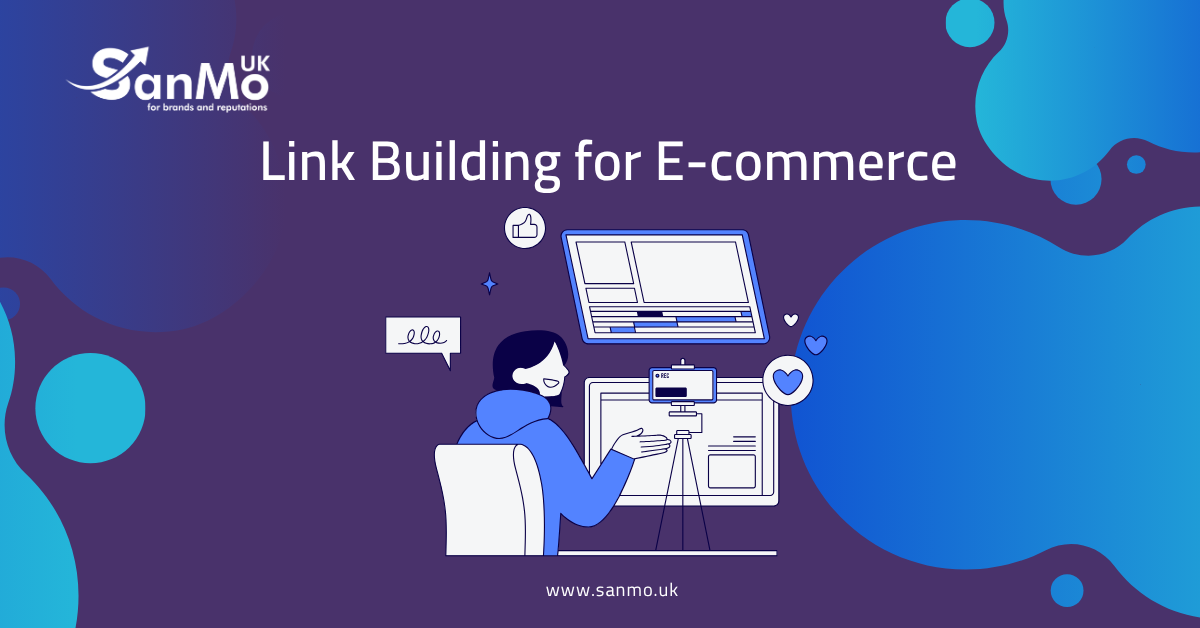
Quality backlinks play a vital role in e-commerce SEO success. Research shows these links help online stores compete with giants like Amazon and eBay. The quickest way to establish your e-commerce authority in search results is through strategic link building.
Strategies for acquiring quality backlinks
E-commerce websites should focus on quality rather than quantity when it comes to backlinks. Research shows that websites with a variety of high-quality backlinks appear more prominently in search results. These backlinks substantially affect search rankings.
E-commerce businesses can build quality links through these proven strategies:
- Creating complete product guides and tutorials
- Developing evidence-based content campaigns
- Implementing broken link-building techniques
- Making use of supplier and manufacturer relationships
- Building strategic collaborations with complementary retailers
Content-rich link-building works better than brief content pieces. Studies reveal that this approach gets up to 70% more links. This makes it a vital strategy when e-commerce sites want to enhance their backlink profiles.
Influencer partnerships
Research shows that content shared by influencers creates quality backlinks and boosts SEO rankings. These partnerships create a mutually beneficial relationship between social signals and backlink acquisition. This positive feedback loop continuously improves SEO performance.
Influencer partnerships work because they help brands:
- Create genuine content that naturally draws backlinks
- Boost brand presence on multiple platforms
- Develop rich link profiles through different content types
- Build strong connections with industry leaders
Digital PR for e-commerce
Digital PR is a powerful strategy to get high-quality backlinks and build brand authority. Studies show that digital PR experts use several proven methods, such as optimized press releases, blogger outreach, and online reviews. These techniques enhance online visibility and help secure valuable backlinks from trusted sources.
E-commerce businesses can get featured in online publications, expand their digital presence, and use social media to boost growth through digital PR campaigns. Media outlets particularly favor campaigns backed by statistics and expert insights from industry leaders. This evidence-based approach makes the content more credible and shareable.
Avoiding common link-building mistakes
E-commerce businesses need to steer clear of several common pitfalls in their link-building efforts. A single source of backlinks can hurt SEO efforts a lot when that source disappears, affecting rankings.
Critical mistakes to avoid include:
- Search engine penalties triggered by over-optimized anchor text
- Rushed link building instead of a gradual approach
- Broken links left unchecked
- Poor tracking of link-building results and metrics
- Low-quality backlinks bought from sketchy sources
Successful websites maintain a natural link profile that combines nofollow, dofollow, and UGC links. Search engines favor this varied approach because it shows organic link-building practices.
E-commerce sites should build relationships with trusted sources rather than chase quick wins through questionable link-building tactics. Businesses can spot potential ranking issues early by using proper tracking and analysis tools to monitor their backlink profiles.
Conclusion
E-commerce SEO just needs a balanced mix of technical excellence, smart content creation, and genuine link building. Online stores should optimize their technical setup and write compelling product descriptions. A proper site structure and quality backlink profiles make a big difference. Search engines give better rankings to websites that focus on user experience. Mobile optimization, fast loading times, and structured data implementation are significant elements that drive sustainable organic growth.
Online stores that use detailed SEO strategies set themselves up for success in today’s competitive digital world. Smart keyword targeting works well, especially when you target long-tail phrases that attract buyers ready to purchase. User reviews and genuine digital PR help build trust and authority. Good technical optimization lets search engines crawl and index product pages easily. These elements create a strong base that increases organic visibility and revenue growth in the changing e-commerce space.

